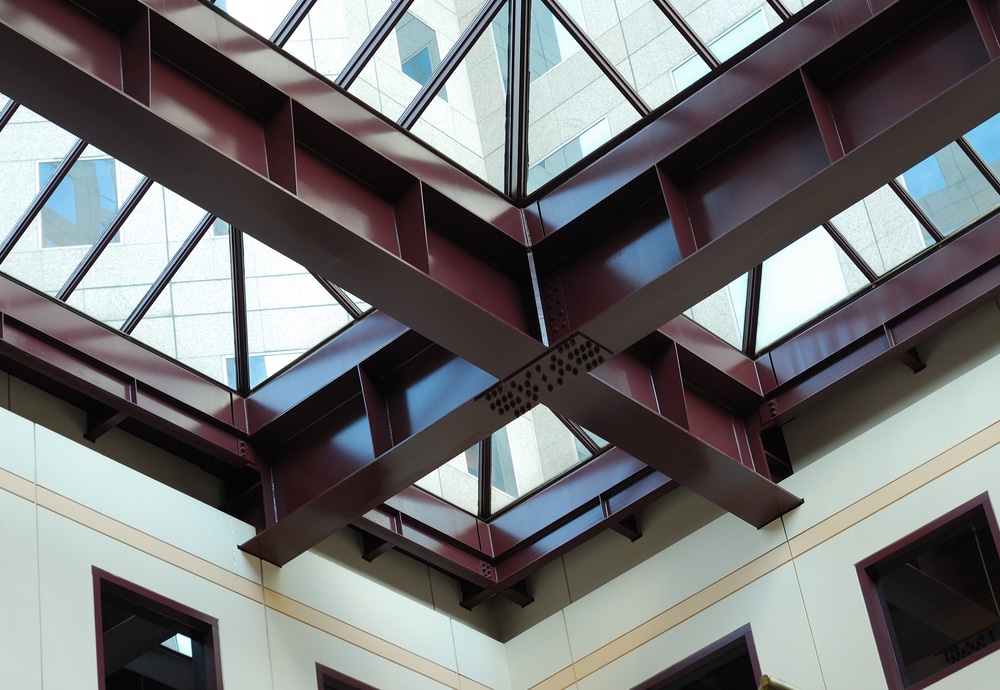
Though steel is an important structural element for all types of buildings, its aesthetic appeal is something architects and designers around the world are more and more drawn to. Its physical properties of being non-corrosive, strong, and durable mean steel is a great choice for construction, but it can also play an important role in the overall look and aesthetics of a building.
Continue reading below as we discuss why exposed steel might be included in a building’s design, the practical role it plays, and where you can find examples of it in your own everyday life.
What Is the Purpose of Exposed Steel?
Exposed steel can be used both for form and function. Steel is already one of the most common building materials in the construction industry, so it makes sense that architects and designers would see the visual appeal it can offer as well. Specifically, architecturally exposed structural steel (AESS) is the official term for this use of steel.
When you think of exposed steel in architecture, you may first think of exposed steel beams, but AESS can also include components like:
- Anchor rods
- Bracing
- Canopy framing
- Columns
- Girders
- Crane stops
- Trusses
- And more
So, these steel components are important structural elements to the building, but they also work to enhance the overall aesthetic of a building and show the structural soundness of the construction to its inhabitants.
Why Has It Become So Popular?
The allure of exposed steel in architecture is on the rise over recent decades. As we’ve discussed so far, many like it for the raw and industrial aesthetic it brings out in buildings. Plus, as more people become interested in architecture in the modern age, these exposed steel elements help to show the inner workings of the building and its construction.
Further, exposed steel allows architects and designers to be more creative with their designs, being able to shape and manipulate steel as they like to fit their vision. Thus, the versatility of steel has made the use of AESS more commonplace today as design trends evolve.
Additionally, using exposed steel as a decorative element in buildings all but eliminates the need for other design elements and finishes. As a result, using AESS in building design can help builders cut down on material and construction costs.
Where Can You Find Exposed Steel in Architecture?
There are many examples out in the real world where you could find exposed steel in architecture. In fact, you can find exposed steel in architecture used in both commercial and residential buildings–not just industrial spaces.
In our day-to-day lives, you may see exposed steel in airports, malls, residential lofts, office buildings, and more. AESS can be used for a variety of architectural styles, including modern, contemporary, and even traditional designs.
Offering a captivating juxtaposition against other building materials, the use of exposed steel in architecture is an enduring trend that you can expect to continue seeing for the years to come.











